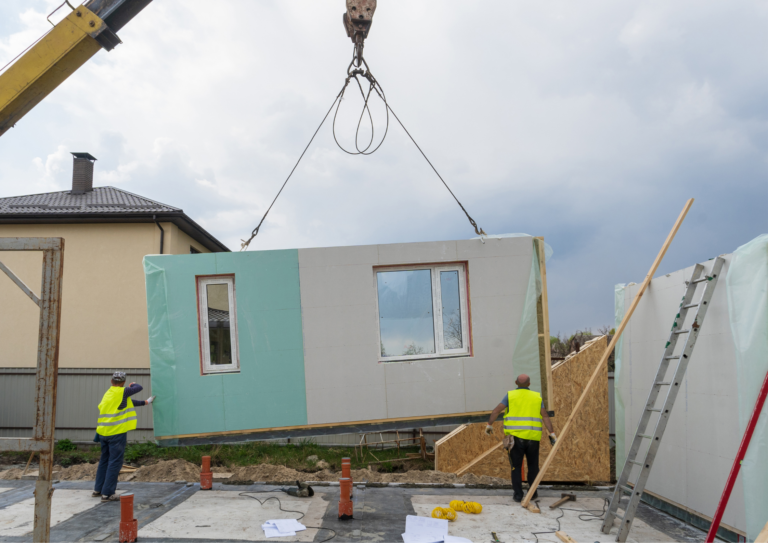Railway systems play a role, in transportation by enabling the smooth movement of goods and passengers over long distances. While traditional wooden railroad ties have long been the foundation of railway tracks providing stability and support for the rails there is a growing shift towards using plastic railway ties in response to concerns and the push for more sustainable practices. In this article, we will delve into the transition from wood to railroad ties exploring their advantages, applications, and how they could potentially transform railway construction.

Transitioning from Wood to Plastic
For centuries wooden railroad ties have been a component in railway construction due to their strength and resilience. However, wood has its drawbacks such as susceptibility to decay, and insect infestations. Warping that results in maintenance issues and shorter lifespans.

Plastic railroad ties have emerged as a solution to these age challenges. Crafted from plastic materials, like high-density polyethylene (HDPE) or composite materials plastic ties offer benefits when compared to their wooden counterparts.
Advantages of Plastic Railway Ties
1. Durability
Plastic railway ties are designed to withstand conditions, like extreme temperatures, moisture, and exposure to chemicals. They resist rot, decay, and insect damage leading to service life and reduced maintenance expenses.
2. Environmental Friendliness
By using recycled plastic materials plastic railway ties help lessen the dependence on timber. Promote the recycling of plastic waste. This not only helps conserve resources but also aids in reducing plastic pollution in landfills and oceans.
3. Consistency and Standardization
Unlike ties that can vary in quality and size, plastic ties are manufactured with specifications to ensure uniformity in railway construction. This results in tracks decreased wear on rolling stock and enhanced safety and performance overall.
4. Weight Efficiency
Plastic railway ties are lighter than ones making them easier to handle and install. This can lead to construction times reduced labor costs and improved operational efficiency for railway companies.
5. Long-Term Financial Benefits
Although the initial cost of railway ties may be higher, than wood the substantial long-term savings make them a cost-effective choice over time.
Plastic ties present a long-term investment due, to their maintenance needs and durability lasting over 50 years.
Uses of Plastic Railroad Ties
Plastic ties are ideal for railway tracks offering sturdy support and stability, for both heavy cargo and commuter trains. In environments, like ports, mines, and manufacturing plants plastic railway ties are an easy-to-maintain option for sidings and spurs. For transit systems such as rail, tramways, and subways that require frequent service and minimal downtime, plastic ties are a suitable choice due to their durability. Plastic ties are becoming more common in high-speed rail projects because of their size and strong construction, which prioritize safety, dependability, and efficiency.
Challenges to consider
1. Cost
The upfront price of plastic ties may be higher than wooden ones, which could deter some railway companies from adopting them.
2. Material Compatibility
Proper installation and performance of plastic ties necessitate compatible fastening systems and rail components. Testing for compatibility and meeting industry standards may be required.
3. End of Life Recycling
Even though plastic ties are made from materials disposing of them properly at the end of their life presents difficulties. Developing recycling initiatives for used plastic ties is crucial to reduce impact and support sustainability, in the supply chain.

Final Words
Plastic railroad ties are seen as a breakthrough, in building railways providing longevity, eco-friendliness, and cost efficiency when contrasted with wooden ties. Thanks to progress in materials technology production methods and sector norms plastic ties are gaining popularity as a choice, for railway development endeavors globally.
Brickborne believes in accuracy and time construction without wastage of resources. We believe in economical and sustainable construction. With the advancing world, software is here to assist us in the construction field. Brickborne provides construction drawings as per codes of the region, 3D modeling, rendering, and animation walkthroughs of both interior and exterior, and quantity surveying and cost estimation. Choose us to change your dreams into reality as we say, Brickborne- We Design Your Ideas!





